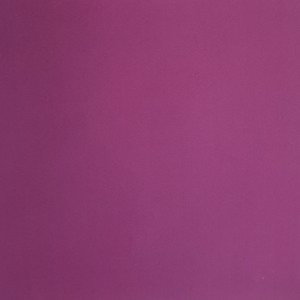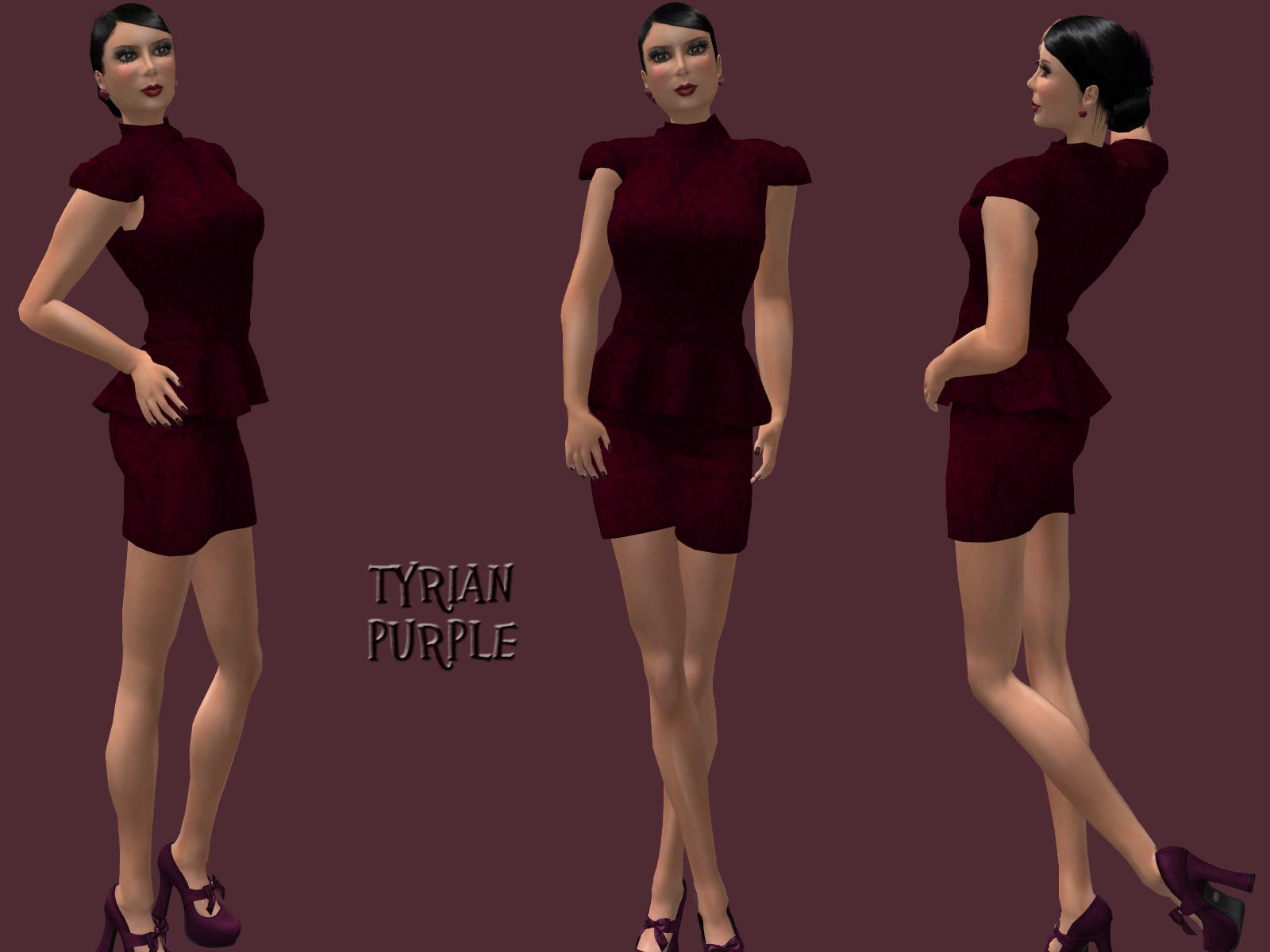


Until a synthetic pigment was produced in the 19th century to kick start a revolution in the fashion world.

It is important to remember Tyrian Purple or Mollusk Purple is a dye used from great antiquity. The color was expensive due to rarity of sources and hand work devoted to produce the pigments, for instance tyrian purple requires thousands of snails with a tedious process to produce a small amount. by Cheryl Kolander, who IS Aurora Silk As a professional Natural dyer for 50 years I have done a lot of research on the shellfish or Tyrian purple dye. History: due to the rarity of the pigment, but also because the color is really full of pride, it was a color choice of royals and upper-class, from Julius Caesar to Queen Cleopatra. And in CMYK color space, it is composed of 100% magenta, and 49% black without cyan or yellow. The same can be said about RGB color space used in screens where it is made up of 128/255 red (~50.2% of red), 128/255 blue (~50.2% of blue), with no green component. How the color is made: purple is a balanced mix of red and blue, and it can be made by mixing them in wet media. But it is also deeply connected with stimulating imagination, let alone its majestical and spiritual qualities.

Melqart immediately dyed a gown with the extract from the dog’s mouth and presented it to Tyros.One of the majestical colors that is not only associated with power, authority and royalty. When the dog bit into a large sea snail, its mouth was stained purple. According to the legend recorded by the Greek scholar Julius Pollux in the 2nd century CE, the dye was discovered by the Phoenician god Melqart while walking along the seashore with his dog and the nymph Tyros. Tyrian purple dye was first manufactured by the Phoenicians in the 16th century BCE.


 0 kommentar(er)
0 kommentar(er)
